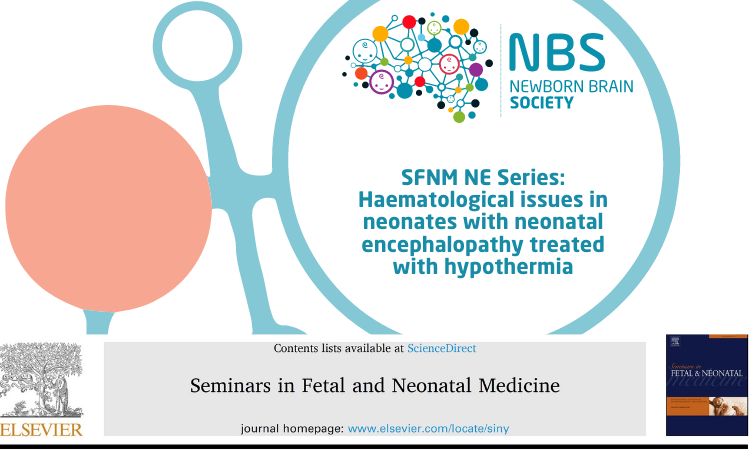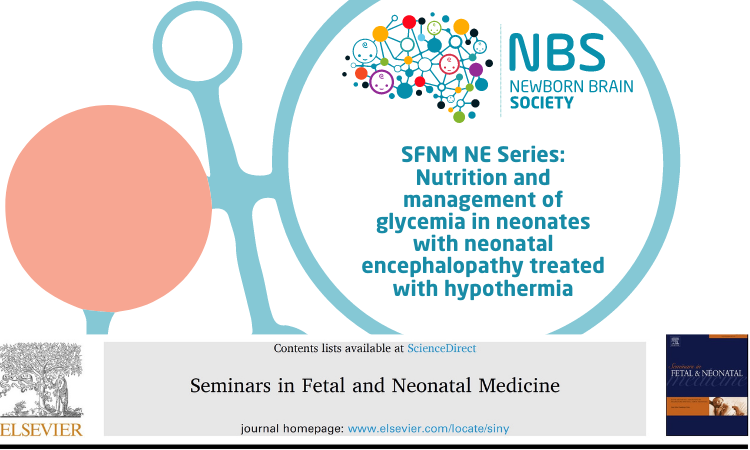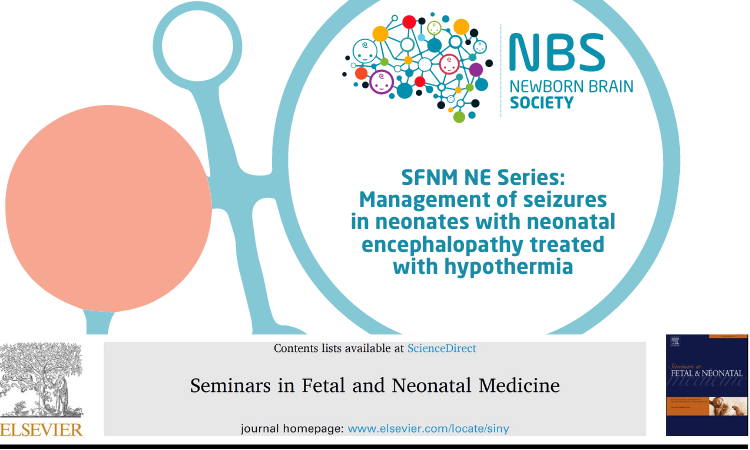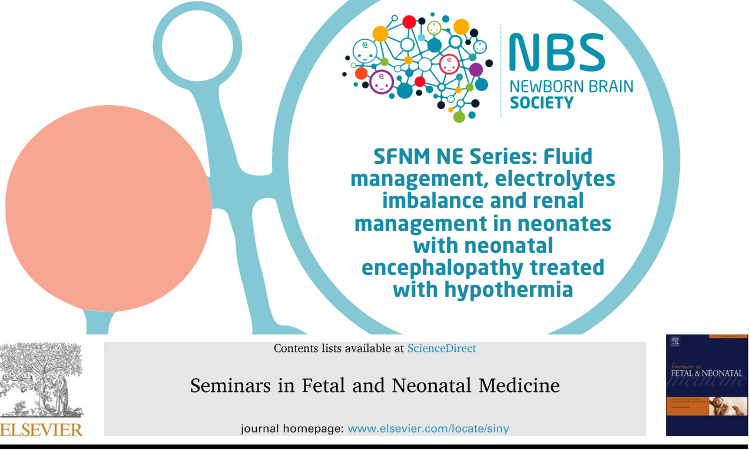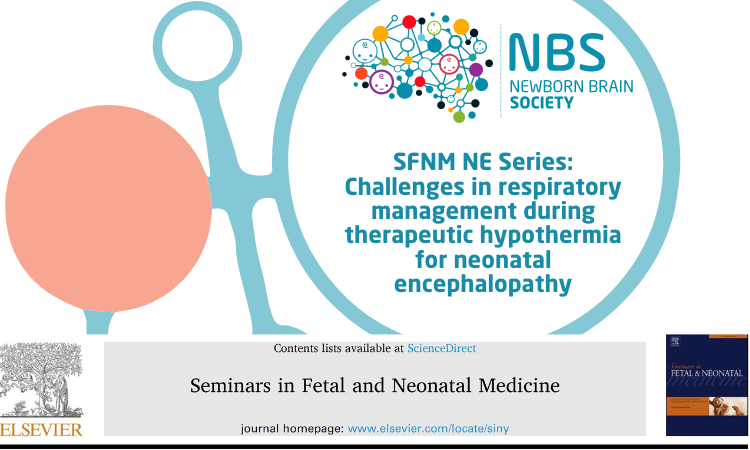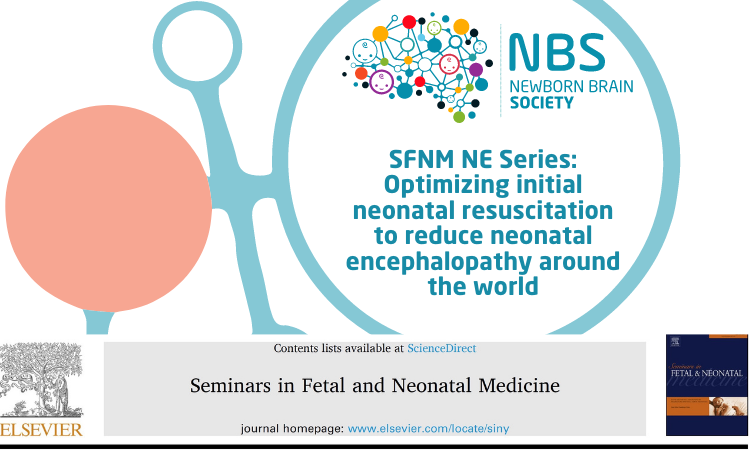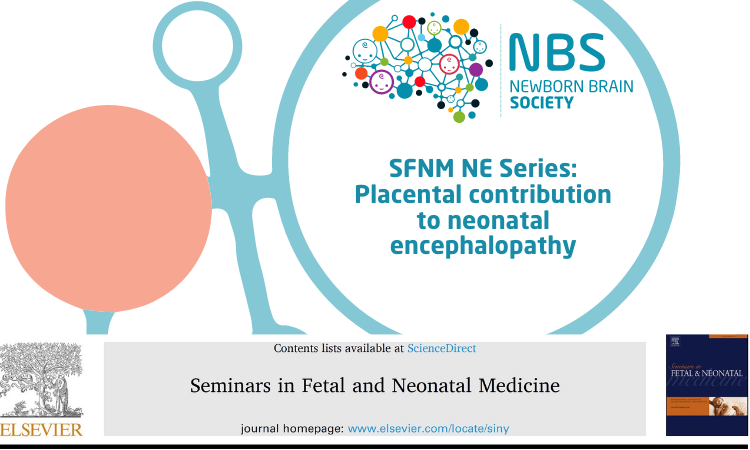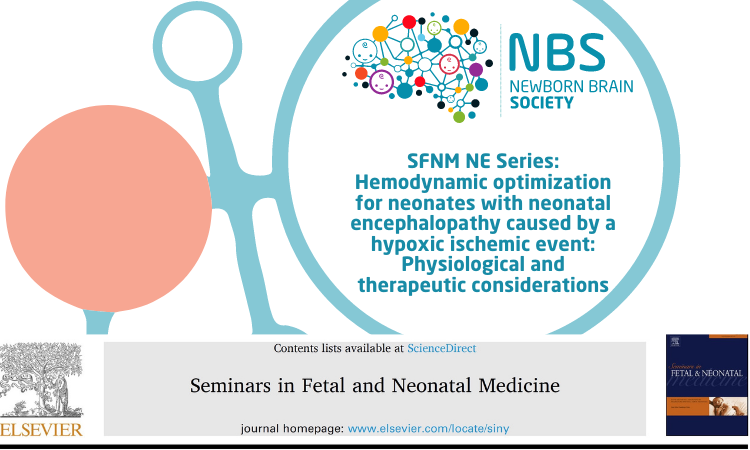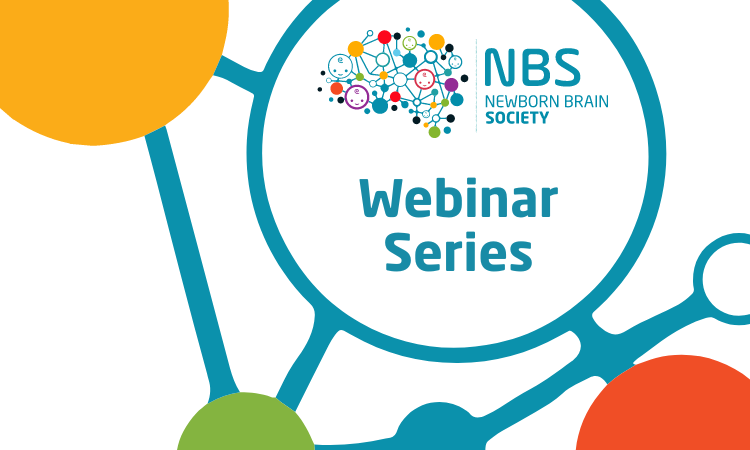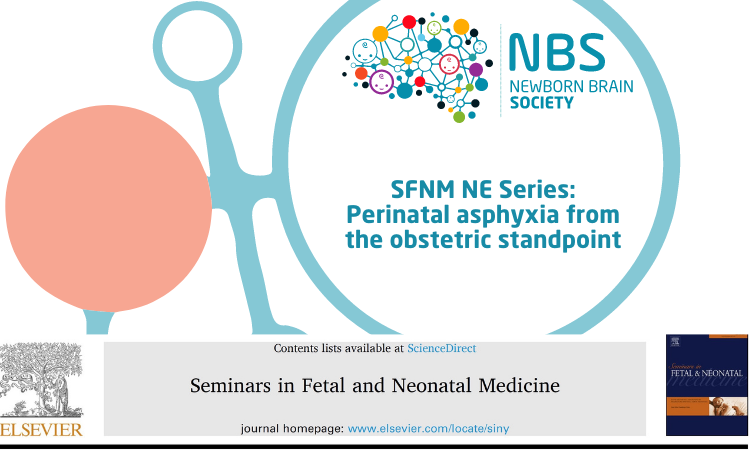SFNM NE Series: Haematological issues in neonates with neonatal encephalopathy treated with hypothermia
Practice Points: Haematological abnormalities are common in neonates with neonatal encephalopathy (NE), including leukocytosis, thrombocytopenia and coagulopathy. nRBCs and EPO may indicate the degree of exposure to hypoxia in neonates with NE. Leukocytes are elevated in NE and associated with systemic inflammation. Consensus on thresholds for intervention are lacking, as there is a relative paucity …

